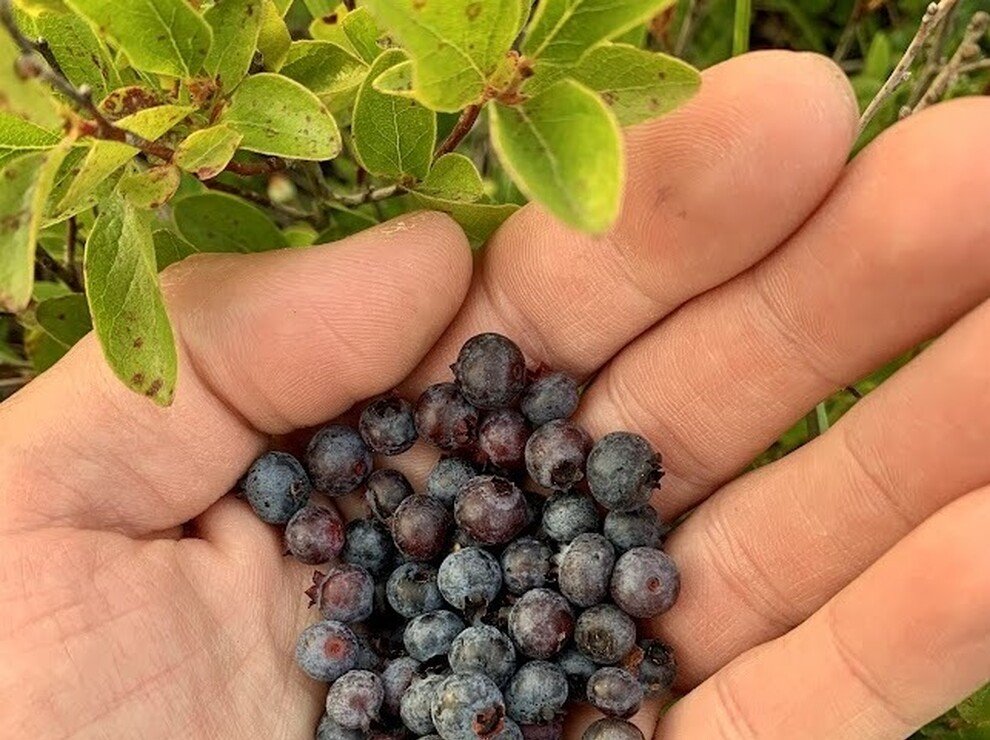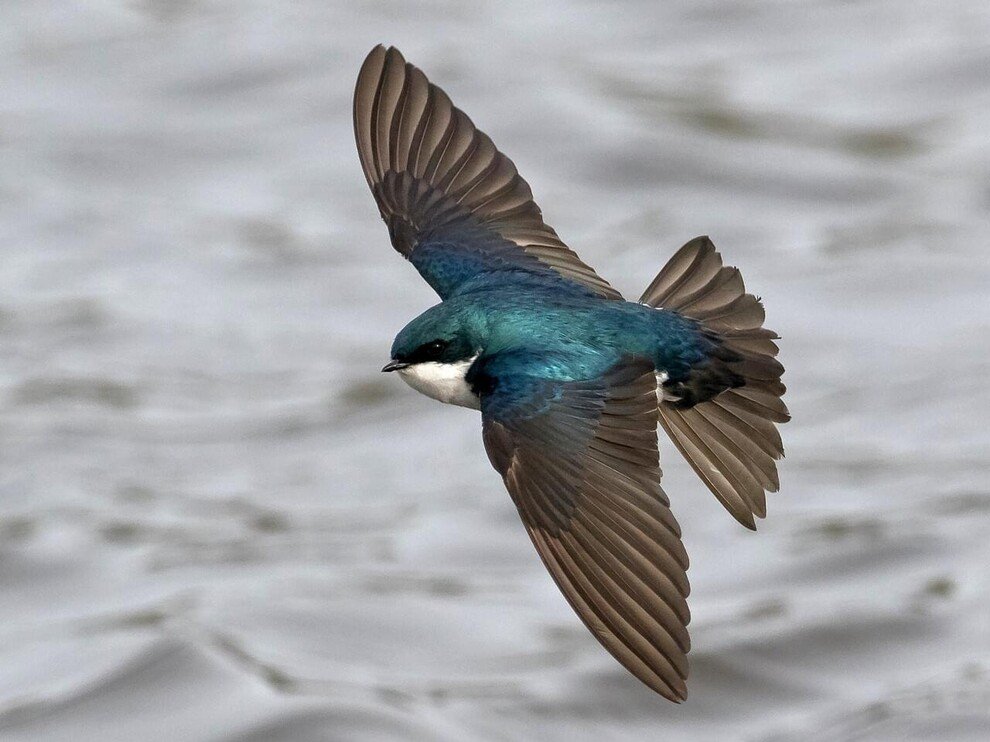
Current Nature: The Rich History Of Blueberries
Mid-July is approaching, which means the start of one of my favorite summer activities is almost upon us; blueberry picking! The practice of foraging for blueberries in this region dates long before me, and long before the arrival of European settlers. The indigenous people of New England were advanced farmers, however, blueberries and other native fruits were not crops that were farmed. Instead, they were foraged from their natural environments. Often, children were tasked with collecting wild blueberries which was commonly seen as a fun summer activity.

Current Nature: Make Way For Turtles
In recent weeks, you may have noticed many turtles traveling around the island. We’ve gotten so many reports of snapping and painted turtles crossing roads and nesting in some inopportune locations that they may need their own Instagram (#nantucketturtlespotter).
Why did the turtles cross the road? To get to the other side of course! The turtles are crisscrossing roads, paths, driveways, and uplands to get to their nesting grounds. Now is prime nesting time for all of our turtle species. Nesting season is temperature dependent, but generally peaks in mid-June. You’ll see them wandering out of the water into the upland, sometimes crossing roads and paths to reach a favorite nesting spot.

Current Nature: Queer Ecology
Among the most famous of all scientific texts is On the Origin of Species by Charles Darwin. The theories of natural selection and survival of the fittest are taught in schools around the world and have shaped modern ecology as we know it. About a century before Darwin, Carl Linnaeus pioneered modern taxonomy, introducing binomial nomenclature and the classification of life that we still use today. Although these systems have been useful in the scientific understanding of nature, over time they have led us to favoring rigid, binary labels; something must either be live or not alive, wild or domestic, male or female. Yet, the reality of life is much more complex, and the more we try to categorize species with distinct labels, the more we end up with ‘exceptions.’ One example that many people know about is that mammals give live birth except platypuses and echidnas, which lay eggs. We also have a tendency when discussing survival of the fittest to imagine ‘fit’ as being physically strong, fast, and smart; think a cheetah chasing down an antelope. But Darwin never referenced physical fitness, his belief was that the individuals that survived and the species that evolved did so because their genes and adaptations were the right match for their environment. This constant pressure to find a niche has led to infinite adaptations many of which do not match commonly held assumptions.

Current Nature: Spawning Season
Horseshoe Crabs are one of the many natural treasures found on Nantucket. They are commonly seen this time of year scooting about in shallow water, or along the shoreline. May and June is their breeding season, when hundreds of Horseshoe Crabs come ashore during full and new moons to breed. Did you know that these creatures are “living fossils”?

Current Nature: The Magic of Bird Migration
If you're teetering on the edge of diving into the birding world, now's the perfect moment to spread your wings and join the flock. It's spring migration season, and it's like a bird bonanza right at your doorstep. From tiny warblers flitting among the branches to impressive raptors gliding overhead and elegant shorebirds foraging at low tide, there's a spectacle for everyone. And with birds in constant motion day and night, there's always a chance of spotting a delightful surprise!

Current Nature: Walden Warming - Investigating Climate Change Impacts Through History And Science
With the daffodils waning after a gorgeous Nantucket holiday weekend, we’re out and about looking for other signs of spring. Next to bloom are lilacs in our gardens and beach plums along the island’s sandy trails. I hear that the stripers are soon to follow, for those who keep an eye towards the water.

Current Nature: Celebrating Spring With Our Tree Swallows
Guess who's back on island to kick off spring in style? That's right - the tree swallows have returned, and they're putting on quite the show across our island.
Around this time of year, these fantastic iridescent blue-green birds start showing up, fresh from their winter adventures down south in places like Florida and Central America. It's always exciting to see them flock together, almost like a migration party on our island. We are thrilled to have them back with us.

Current Nature: Phenology Fun
unlike most plants, Beach Plum flowers before leaf buds appear, a unique phenological display. Spring has arrived, just in time for National Phenology Week! Spring is a great time of year to dive into phenology, which is the study of the timing and patterns of events in the natural world.
